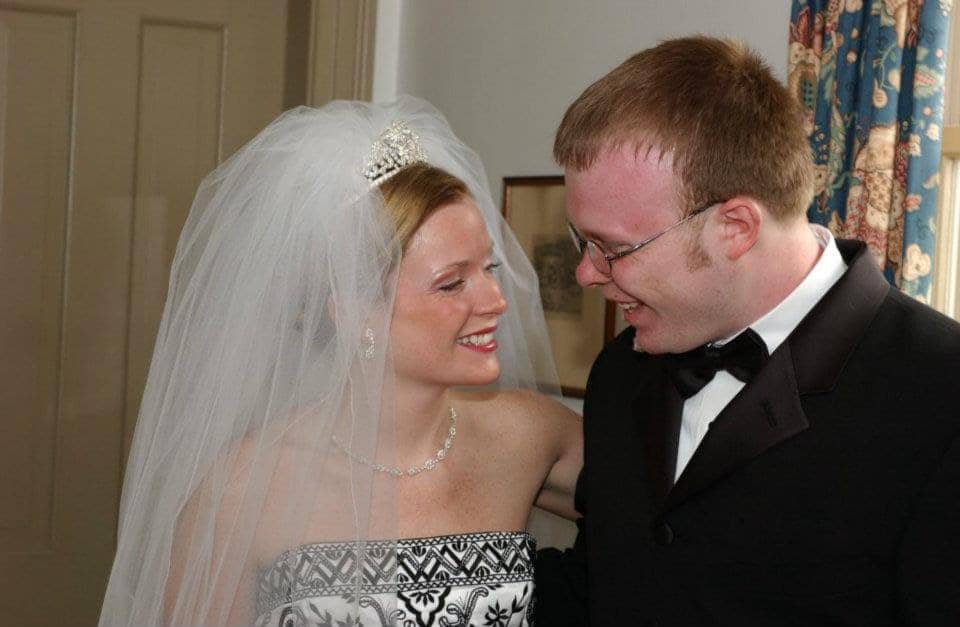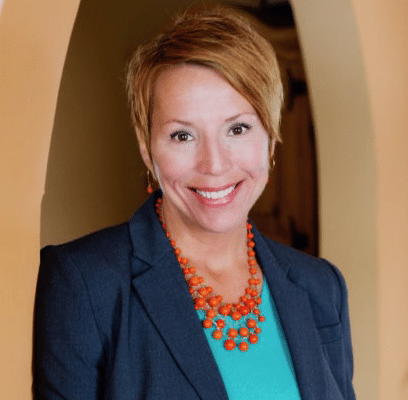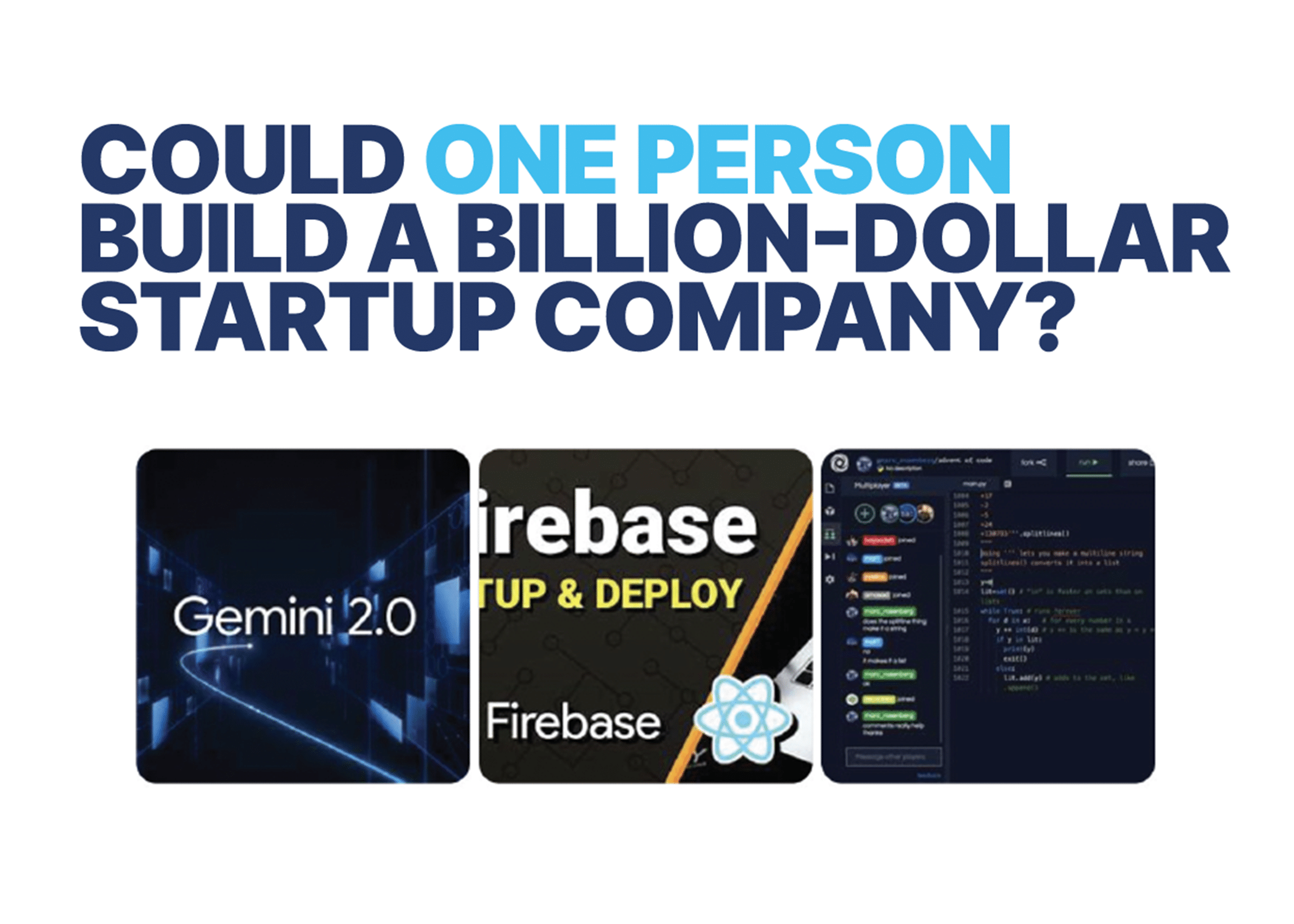When Robinhood launched in 2015 with $3 million in venture capital, established stock brokers laughed it off as just another fintech fad, much the way taxi drivers shrugged off Uber in the beginning.
But by 2019 the “big 4” brokerage houses (Charles Schwab, Fidelity, E*TRADE, and TD Ameritrade) were on the defensive.
Fast forward to today. Just a few weeks ago Robinhood went public on the Nasdaq. Estimated value? $32 billion.
Robinhood pioneered commission-free stock trades. Today the company boasts more than 31 million users.
When it was founded in April 2013 by Vladimir Tenev and Baiju Bhatt, their mission was to “provide everyone with access to the financial markets, not just the wealthy.” Hence the name.
Tenev and Bhatt were frustrated by the fact that executing a trade cost big brokerages “fractions of a penny” while typically charging consumers fees of $5 to $10 (in addition to required account minimums of $500 to $5,000).
Notable stock broker executives mocked Robinhood when it first launched in 2015. They should have paid attention. More than 100,000 consumers signed up for the app in the first month
By the fall of 2019, E-Trade, TD Ameritrade and Charles Schwab finally bit their lip, offering free stock trades to stay in the game.
Recently I wrote about the “success trap.” It typically catches the “old guard” off guard while they are sipping mojitos at the beach house. Many times a new competitor enters the ring, appealing to a younger, hungrier demographic. That’s what happened with Robinhood.
Younger – When it first launched, 80% of Robinhood’s customers were Millennials (average age 26).
Hungrier – 50% of Robinhood’s customers use the app daily and 90% use the app weekly.
A little history from the Wall Street Journal…
“On May 1, 1975 (May Day), fixed-rate commissions were abolished by regulators. Until then, a broker who tried to charge customers less than the fixed rate to trade shares ran the risk of being expelled from the stock exchange. With some minor exceptions, for 183 years it had cost the same amount per share to trade 100 shares as it did to trade 1,000 or 100,000 – and brokers regularly shaved 2% or more for themselves off the typical trade. May Day blew that cozy world to smithereens. May Day smashed Wall Street’s monopoly, unleashing the discount-brokerage industry, fostering independent research and democratizing the world of investing.”
Prior to May Day 1975, the stock market’s barrier of entry was simply too high for the everyday “Joe Blow.” Up through the early 1970s a single trade could cost hundreds of dollars. It was considered a “wealthy man’s game.”
$70 trades became common in the late 1970s, and broker commissions steadily declined through the 1980s. By the 1990s online brokers had pushed the cost per trade below $20.
Up until 2014, even the cheapest online brokerages were still able to charge $5 to $10 a trade, but in 2015 Robinhood showed the industry that any charge to trade was essentially “gouging,” and proved it by pushing trading cost to its theoretical limit: zero.
And if its radical business model of multiple free trades without minimums wasn’t enough, the company also coupled its unprecedented approach with a sleek and intuitive app that incorporated a social aspect, incentivizing its users to invite family and friends by offering a “free stock” to each invitee who created an account.
U.S. News and World Report published an article in 2019 with the headline How Robinhood Changed an Industry, saying, “Robinhood made investing frictionless, cheap and accessible. On top of that, other fintech startups began emulating Robinhood’s model, and a parallel revolution is now going on in the world of exchange-traded funds, as ETFs without expense ratios began popping up in 2018. One of these straws broke the camel’s back, and it was time for the status quo to adapt. The big shots are playing by Robinhood’s rules now. If the startup hadn’t boldly taken the risks it did, millions of investors might still be paying $5 to $8 a trade. But David didn’t beat Goliath by playing him at his own game.”
Robinhood disrupted the industry to its core, and it’s now a “do or die” inflection point for traditional brokerage houses.
The fuel that now fires success in business? Don’t just think outside the box…burn the box.
Gone are the days of success by tradition. Victory is now forged in the kiln of competition.












